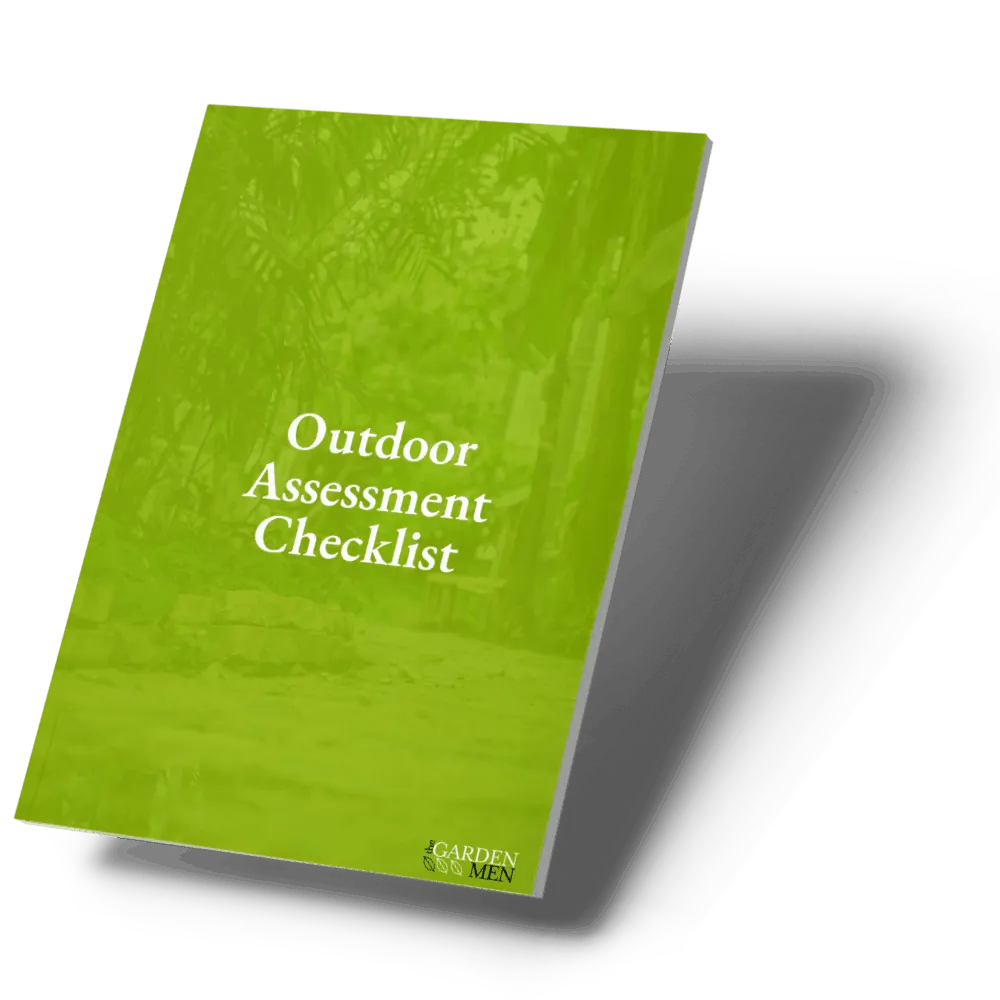There’s a quote that goes ‘the best fertiliser for a piece of land is the footprints of its owner’.
As keen gardeners, we 100% agree that being active in the garden is one of the best things you can do for it.
But, we also appreciate that whatever we plant might need that little bit of extra help to grow, which is why we’ve prepared this post about fertiliser; what they are and how to make best use of them.
What should the effective use of fertilisers achieve?
Their job is to deliver a concentrated source of plant nutrients, thus improving both plant growth and yield, while also dealing with any nutrient deficiencies that plants might suffer. They are usually produced in a variety of forms, such as powders or dilutable liquids, water-permeating pellets or granules.
The faster a plant grows, the more it tends to benefit from this help. Different types of plants have a diverse range of needs, so choosing the best fertiliser can have a key impact on their health.
Fertilisers can be either organic or inorganic and supplied in straight form (a single nutrient) or as a compound of different nutrients. You’ll also find controlled release and slow release products. Controlled release fertilisers are often coated granules, with water contact then allowing the contents to leach into the soil depending on its temperature. Slow release fertilisers degrade by working with micro-organisms in the soil, and again are temperature-dependent.
Three key elements needed for plant growth
All plants require these, but to differing degrees:
- Nitrogen (“N”) – for leaf growth, plus the production of vital chlorophyll, the green pigment in leaves.
- Phosphorous (“P”) – helps with root and shoot growth and overall plant development.
- Potassium (“K”) – important for encouraging flower and fruit production.
In lesser amounts, your plants also require a range of other elements, such as sulfur, magnesium and calcium. Together, the three main elements’ chemical symbols combine into the NPK ratio (you’ll usually find this on product packaging).
Successful fertiliser use relies on selection and timing
The key fertiliser use season is Spring, as the growing season puts its work boots on and gets to work. At this time, a general-purpose fertiliser can give the whole garden a boost. In most cases, this is a one time a year requirement.
Specialised lawn fertilisers, rich in nitrogen, are often used to give a boost. Vegetable, fruit and flowering plants require to be fed with specific fertilisers at key times. Acid-loving plants, including camellias, gardenias, and azaleas require products tailored to their growing needs. Native gardens also require their own products, ones that do not have a high phosphorus content.
The best tip? Carefully study the information and instruction label on any product before choosing it.
Applying your chosen fertiliser
The method of application will depend on the product and the needs of the plant. Options include:
- Top dressing – applies quick-acting products to the surface. Care needs to be taken with some not to also contact plant leaves (as with watering-on below), as this can cause scorching. Applying an excess amount can result in root damage and even pollute the groundwater.
- Base dressing – incorporates fertiliser into soil or potting compost before either sowing or planting.
- Watering-on to plant roots – in diluted form delivers instantly-available nutrients for bedding or pot plants and glasshouse-grown crops.
- Foliar feeding – a diluted solution is often used as a supplementary feed, most effective when added to tender surfaces, such as the underside of young or growing leaves. This not advised for use in direct sunlight, as leaf-scorch will again be a likely outcome.
Well-grounded advice – some tips to follow and errors to avoid
If a baker – expert or newbie – is trying out a brand new recipe, the results won’t always be perfect. It’s the same with gardening. However, it’s good to know some of the more usual pitfalls to avoid:
- Avoid overuse – excessive amounts, spread with the best of intentions, can actually cause fertiliser burn, and damage or even kill a plant simply with kindness. Again, it pays to carefully follow the instructions on the product packaging.
- Avoid under- or over-watering – of course, resources-wise, this can be a problematical issue in our part of the world! Fertilisers need to be given the best chance to be effective. Watering before application helps.
- Carefully match fertiliser use to plant type and growth – when a plant is actively growing, then it requires to be fed more frequently. Examples include leaf vegetables, plants that flower profusely, perennials and annuals. Many citrus fruit trees benefit from a twice-yearly feed, usually in August and February. Lawns often appreciate regular feeds but only when growing. Drought or cold may be holding growth back and mean there’s little need for fertiliser – and this also applies to plants.
- Avoid feeding sick plants rather than treating the disease or pest problem they’ve encountered. The fertiliser should only be used after recovery, when regrowth has started.
Any questions?
Our team here at the Garden Men are experts in garden and lawn maintenance. If you want quality advice, with no bull……….fertiliser… give us a call!






